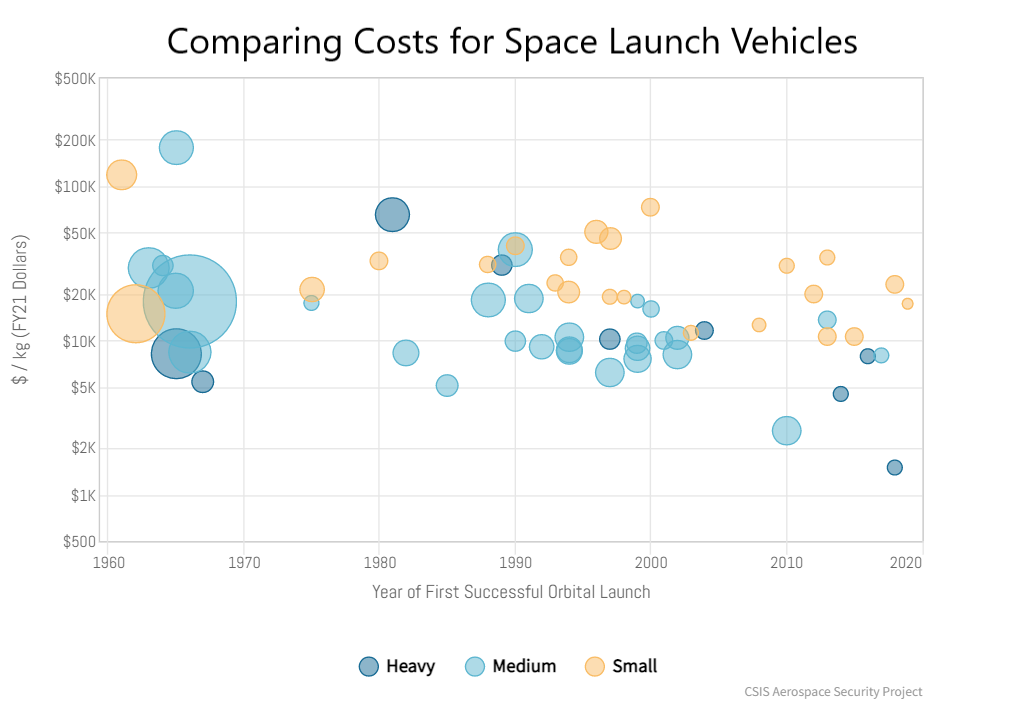– Advertisement –
People use all sorts of examples to convey the power of compound interest. Sometimes, the scenarios are a little bit outlandish, often including unrealistic interest rates and monthly savings amounts that aren’t typical. What about a real-world example?
Here’s the Scenario
Say you’ve just graduated from college and already have a job lined up. Perhaps the salary is not all that spectacular, but the position is an entry-level one and offers a career path for the long-term.
Let’s assume that you’ve decided to save $100 per month and put the money into a high-interest savings account, mutual fund, or an arrangement you find that pays, on average, 1.25 percent annually. You’re 22 years old and will be using this account to build a retirement nest egg, accessing the money when you are 67 years old.
Ignore Complications For Now
For the sake of simplicity, we’ll ignore the question of taxes, IRAs (individual retirement accounts), and inflation. The aim here is to see how much your monthly savings contribution, the $100, grows compared to just stashing the cash into a safe-deposit box or mattress.
Mattress vs. Interest-Bearing Account
First, keep in mind that most people nowadays can get well more than 1.5 percent annual interest on their money. Options include precious-metals IRAs, high-yield stock accounts, investing in companies that pay regular dividends of three percent or more, accumulating gold or silver bullion, or investing in a hard asset like real estate.
The point is that there are dozens of ways to earn more than 1.5 percent on your savings, many of which shelter you from the impact of taxes and inflation. For our example, we’ll go conservative and ignore all those complex avenues, simply focusing on a bare-bones savings account or CD at a bank that pays 1.5 percent per year.
The Results
What happens to those contributions by the time you turn 67, which is 45 years from now? Well, compared to the person who put their money into a mattress, floor-safe, or safe-deposit box, you’ve done quite well.
The mattress method, of hiding cash away and earning zero interest on it, has built up to a grand total of $54,000, which is simply the sum of 540 months (or 45 years) of $100 deposits. That’s not chopped liver. In fact, it’s a nice pile of cash.
What about you, the person who put the money into an interest-bearing account earning a modest 1.5 percent annual interest rate? You have, not $54,000, but $71,898. What’s the difference?
Your account earned a cool $17,898 in interest, and the mattress “account” earned zero interest over the 45 years. Oh, another advantage you had was never having to worry about someone stealing your stash, losing the money in a house fire, or forgetting where you stored it. Banks’ accounts are safe from theft, fires, and other losses because they’re insured by the FDIC up to $250,000 per depositor, per bank.
Even if you chose not to use a bank, you still have much more protection against physical loss of the cash, even if it’s in a brokerage account.
What’s the Lesson?
Actually, there are many lessons investors can take from examples like the one above. First, the earlier you begin saving money, the more able you are to take advantage of compound interest.
Second, every little bit can make a big difference. For example, if you had invested $250 per month in the example, instead of 100, and all the same conditions applied, your final nest egg would have come to $179,745. Now, we’re talking about real money, the kind of funds you can use as the basis for a solid retirement account.
Third, the keys to the power of accumulating vast sums of capital are long-term contributions and the interest rate. You’ll never go wrong by starting young and making regular deposits into a savings account.
– Advertisement –



